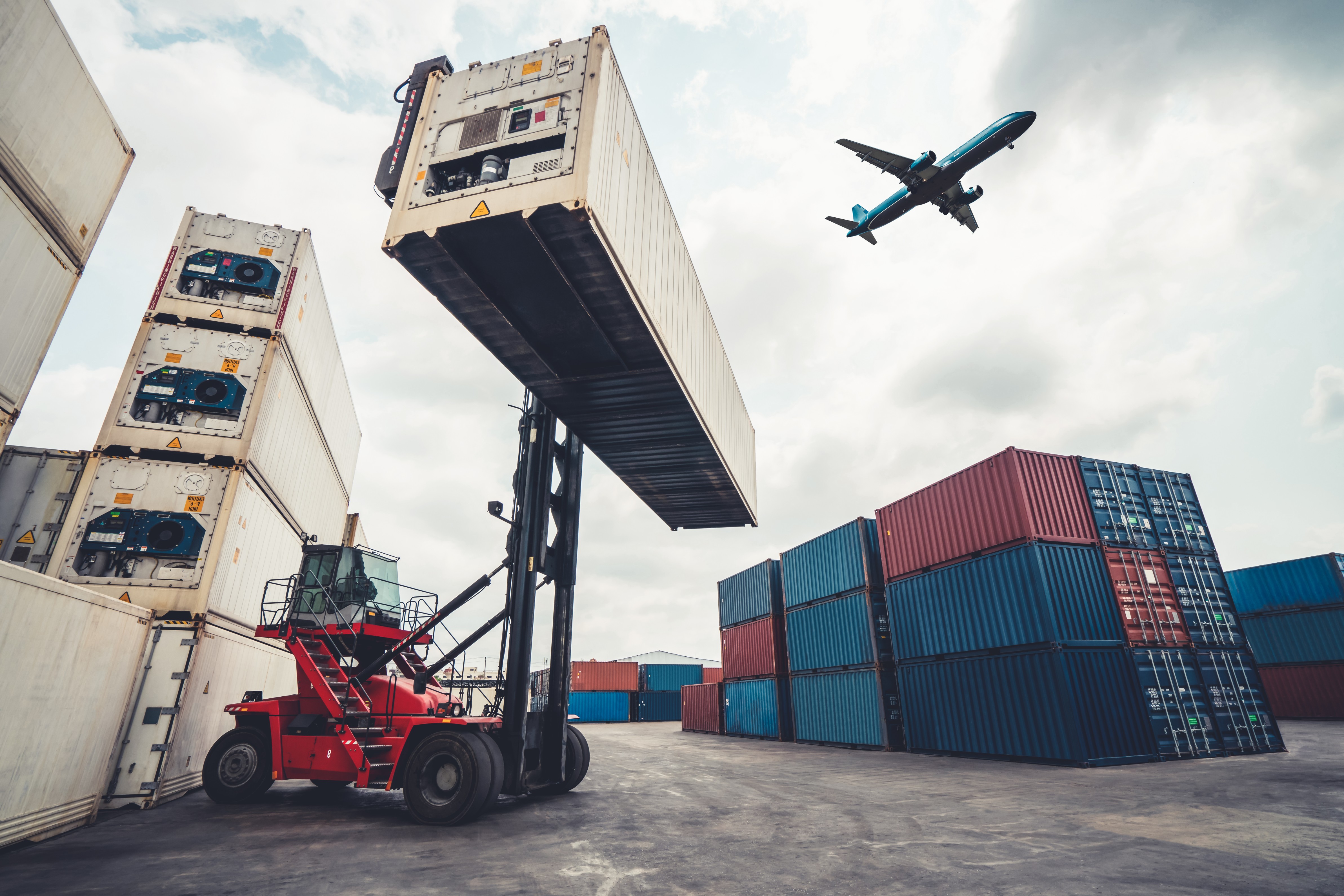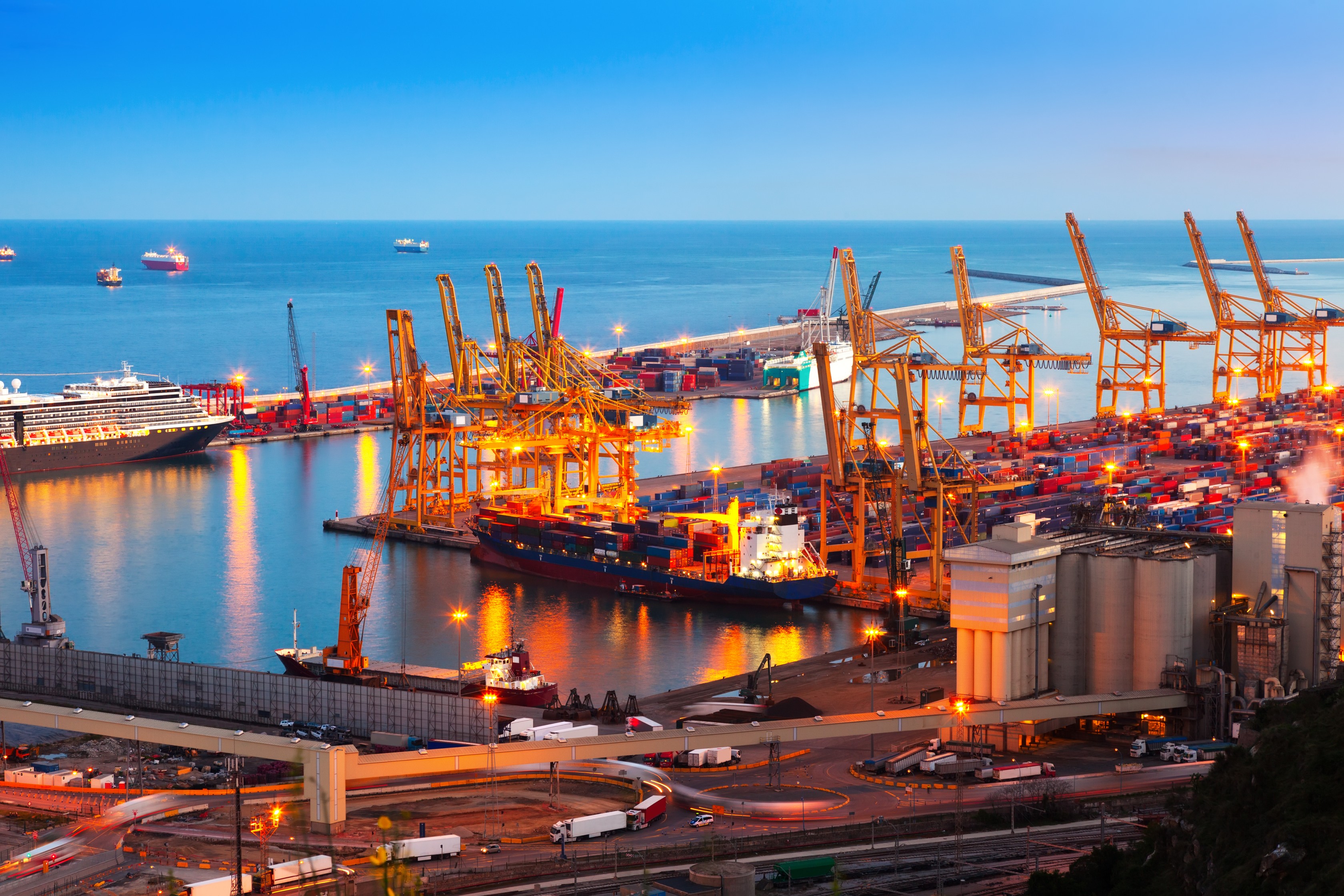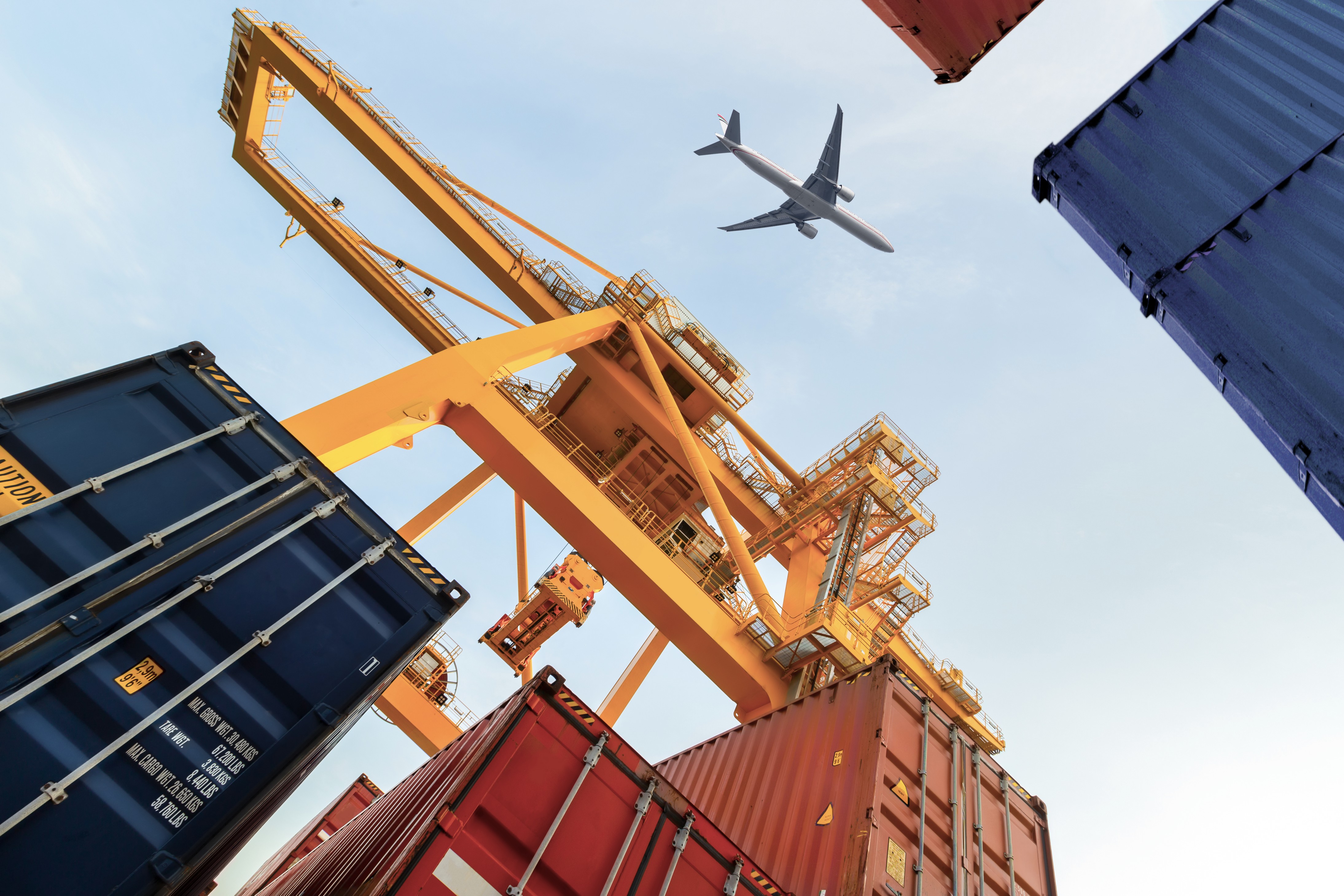As India advances through its Amrit Kaal with an eye on becoming a $5 trillion economy, logistics emerges as a national imperative—no longer a background enabler but a central lever of growth. The theme of National Logistics Day 2025, “Logistics 360 for Viksit Bharat,” encapsulates this shift. It calls for an ecosystem that is seamless, smart, and sustainable—where economic corridors are unified, multimodal infrastructure is interoperable, and technology is a core driver of efficiency.
Logistics 360°: Building a Seamless, Multimodal Ecosystem
India’s logistics sector has historically suffered from fragmentation—each mode of transport functioning in isolation, resulting in inefficiencies. Today, that paradigm is being dismantled through the PM Gati Shakti National Master Plan, which integrates 16 ministries into a single digital infrastructure planning platform.
As of April 2025, the government has mapped over 1,400 critical infrastructure projects worth ₹75 lakh crore under Gati Shakti, linking roads, ports, rail, airports, and economic zones. This integration is designed to reduce India’s logistics cost from the current 13–14% of GDP to 8% by 2030, aligning it with global benchmarks like Germany (8%) and the U.S. (9%).
The Bharatmala Pariyojana, focused on 65,000 km of highways, and the Sagarmala Project, targeting port-led development, are also key enablers. Together, they are helping create a multimodal grid that prioritizes speed, reliability, and cost-efficiency—critical for India’s export competitiveness and domestic supply chain resilience.
Unifying Economic Corridors: Freight Efficiency Meets Regional Development
India’s strategy of corridor-based development is transforming how goods flow and how regions grow. The Dedicated Freight Corridors (DFCs)—notably the Eastern (1,856 km) and Western (1,504 km) corridors—have already improved freight speeds by over 70%, cut transit times in half, and decongested passenger rail routes.
Corridor planning is no longer just about freight movement; it is tied to regional value creation. The Delhi-Mumbai Industrial Corridor (DMIC), which spans seven states, is anchored in the Western DFC and connects smart cities, logistics parks, and SEZs. It is projected to generate 25 million jobs and add 3% to GDP through enhanced regional industrialisation.
Similarly, the Chennai–Bengaluru Industrial Corridor (CBIC) is powering the southern manufacturing belt, providing last-mile connectivity to electronics, FMCG, and textile clusters. These corridors don’t just enable logistics—they create ecosystems.
Case in point: In Pithampur, Madhya Pradesh, the logistics cost for auto component manufacturers fell by nearly 18% after the multimodal connectivity with DMIC and nearby ICDs (Inland Container Depots) was strengthened.

Smart Technology Integration in Logistics Infrastructure
Digitisation is the nerve centre of Logistics 360°. From shipment traceability to real-time fleet management, technology is redefining visibility, predictability, and sustainability.
ULIP (Unified Logistics Interface Platform), launched by the Ministry of Commerce, has onboarded 200+ private players and integrates 30+ digital systems, enabling data-sharing across ministries, ports, railways, and private logistics players. This has cut logistics document processing time by over 60%, according to DPIIT.
India is also witnessing the rapid rise of logistics tech startups, with over $2.5 billion invested since 2018. Companies like BlackBuck use AI for freight matchmaking, reducing empty miles by 25%; Rivigo’s relay trucking model has improved driver turnaround times by 50%; and Delhivery’s automated warehousing enables 24-hour processing cycles for e-commerce shipments.
Sustainability is increasingly embedded in digital planning. For example, Tata Motors Logistics has begun integrating EVs and LNG-powered trucks in its short-haul delivery chains, reducing its carbon footprint by 20% annually. Smart warehousing with IoT-enabled energy management systems has helped logistics parks in Bhiwandi and Hosur cut electricity consumption by 15–18%.

Conclusion: From Backbone to Brain of Viksit Bharat
Logistics is no longer just the backbone of the economy—it is the brain coordinating the nation’s movement toward equitable growth, sustainability, and global competitiveness. With strategic infrastructure, intelligent digital systems, and corridor-centric planning, India is building a logistics model that is not just efficient but transformative.
Logistics 360° is a call to view logistics not as a cost but as a competitive advantage. As India aligns its infrastructure ambitions with ESG goals, stakeholder integration, and regional empowerment, the sector is positioned to drive the next phase of national progress—one where unified corridors create unified opportunities for every Indian.

